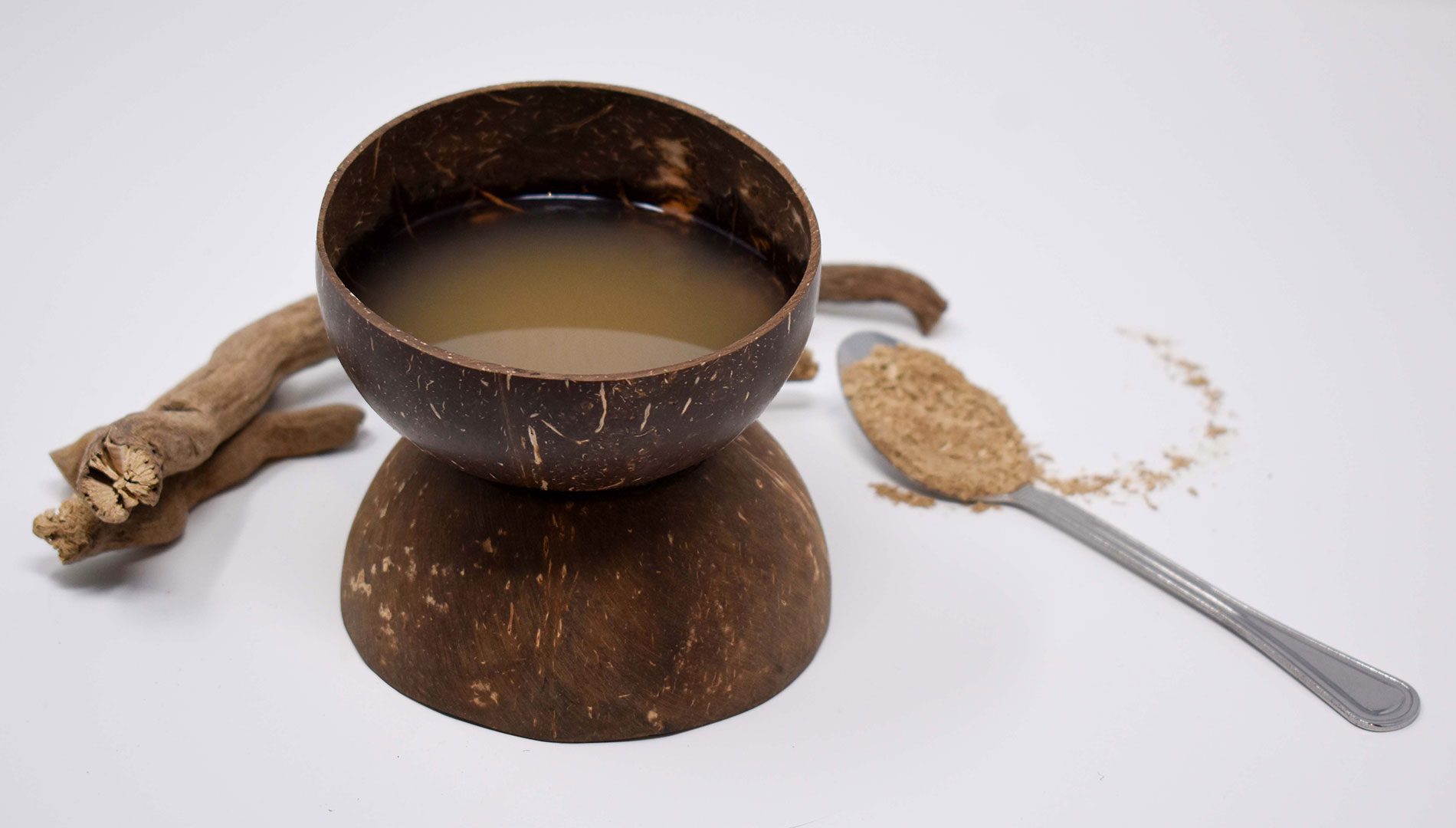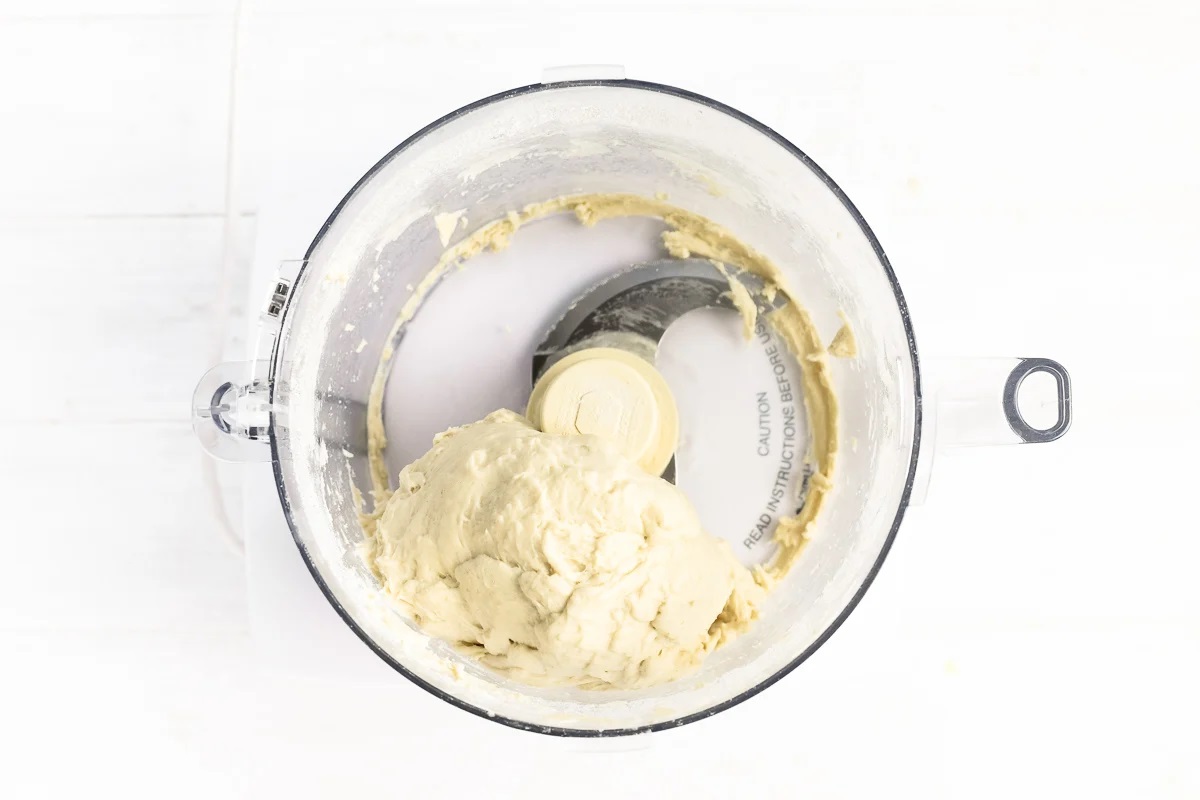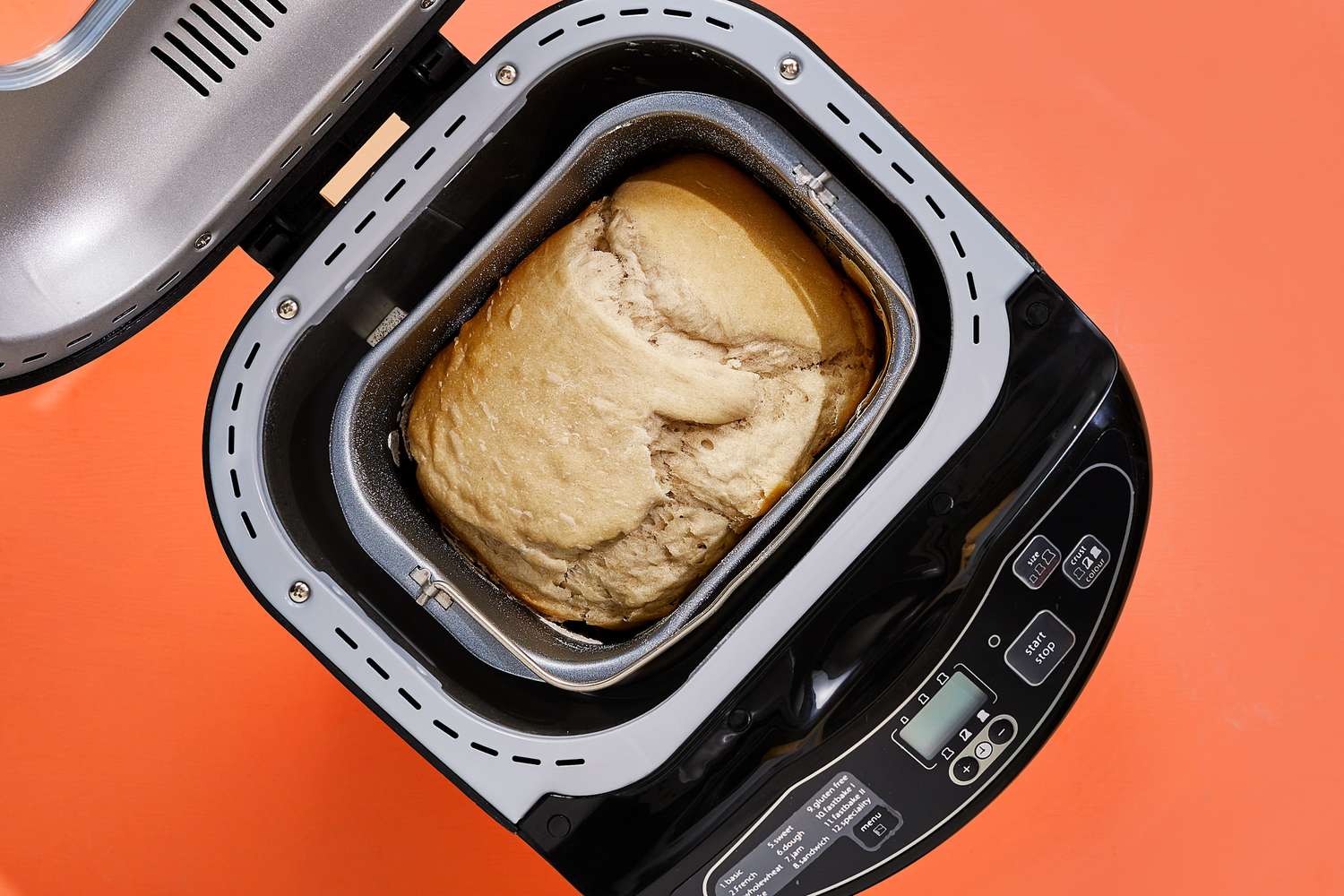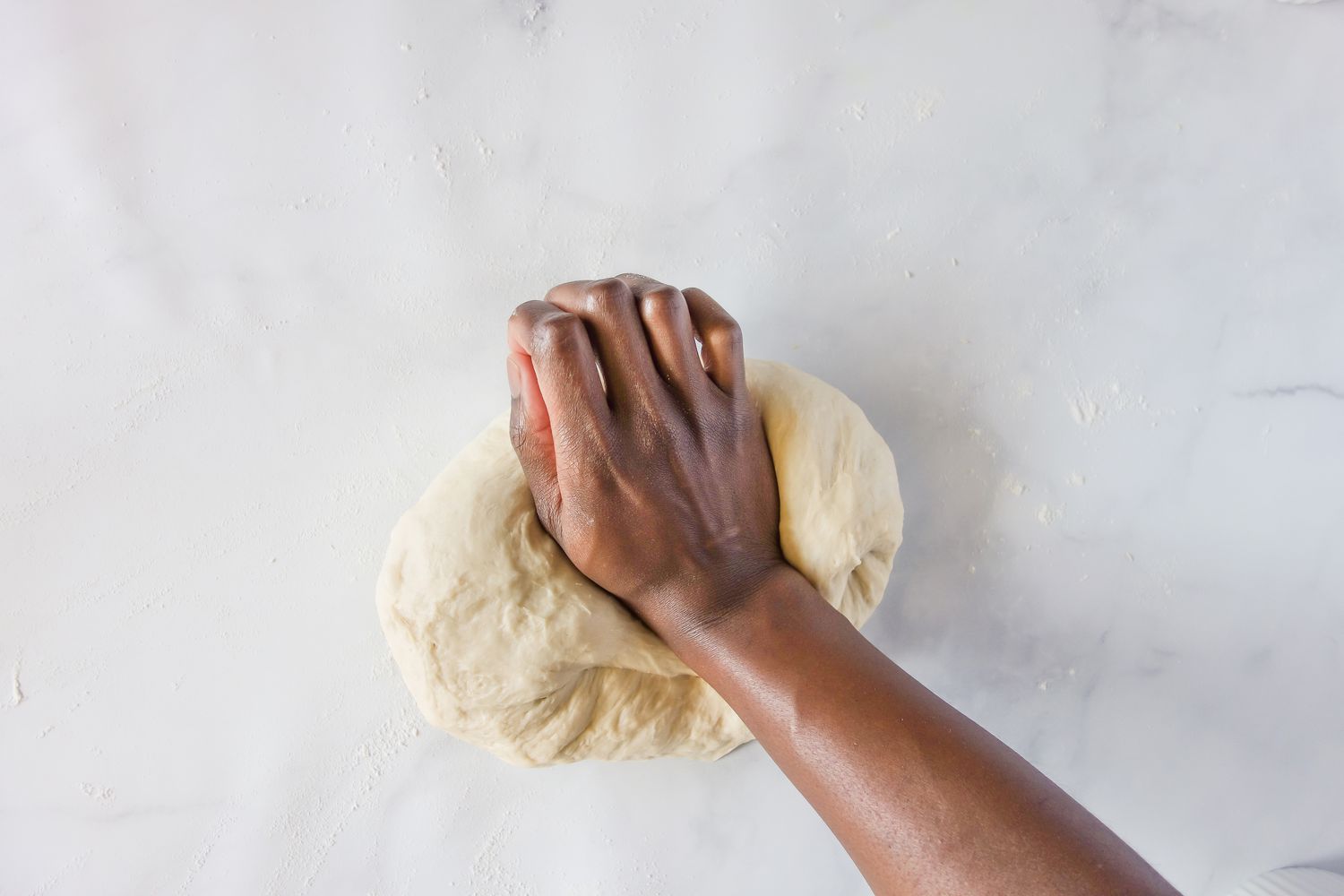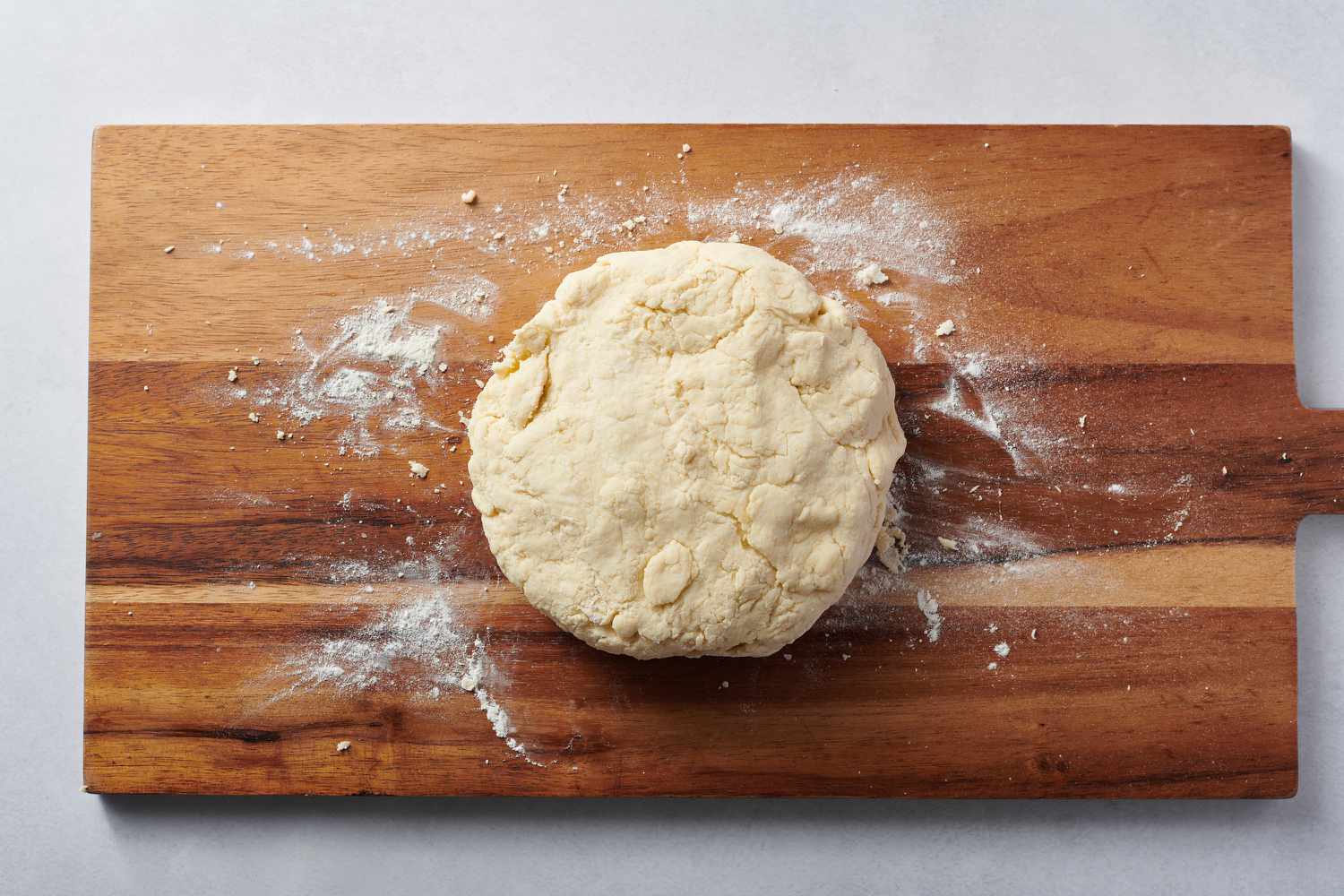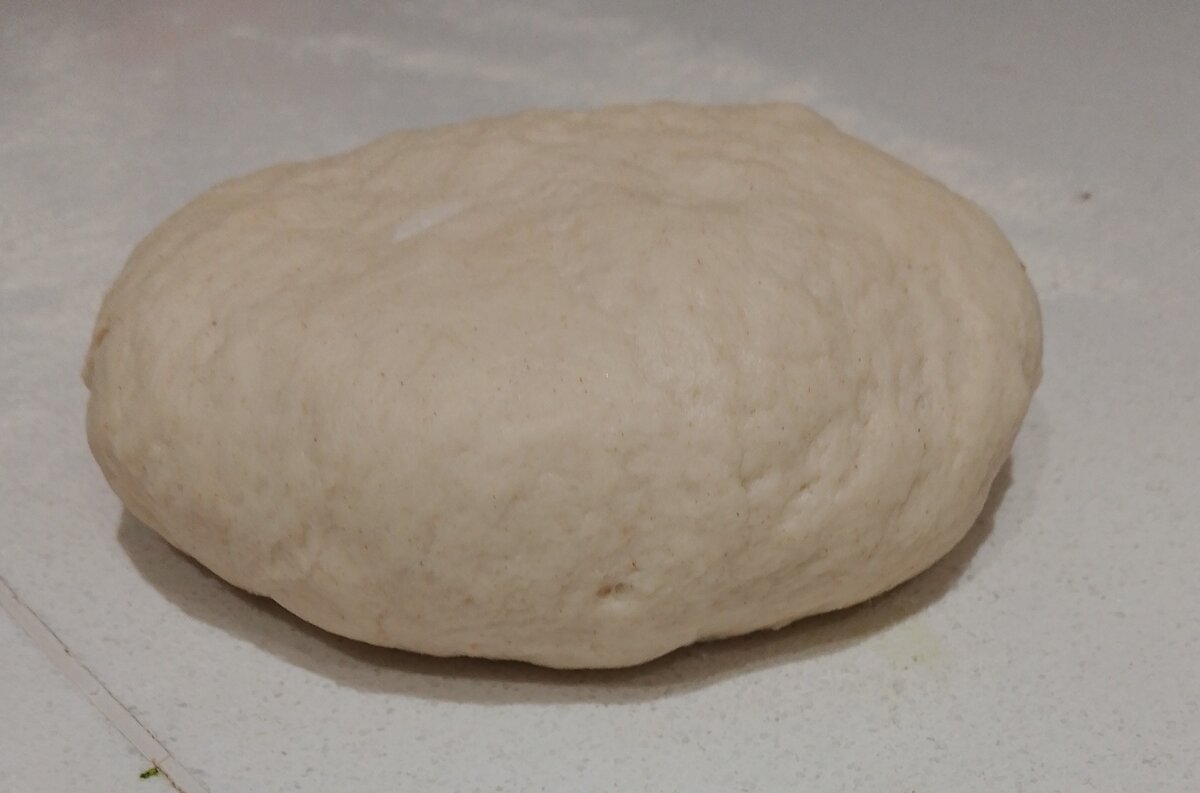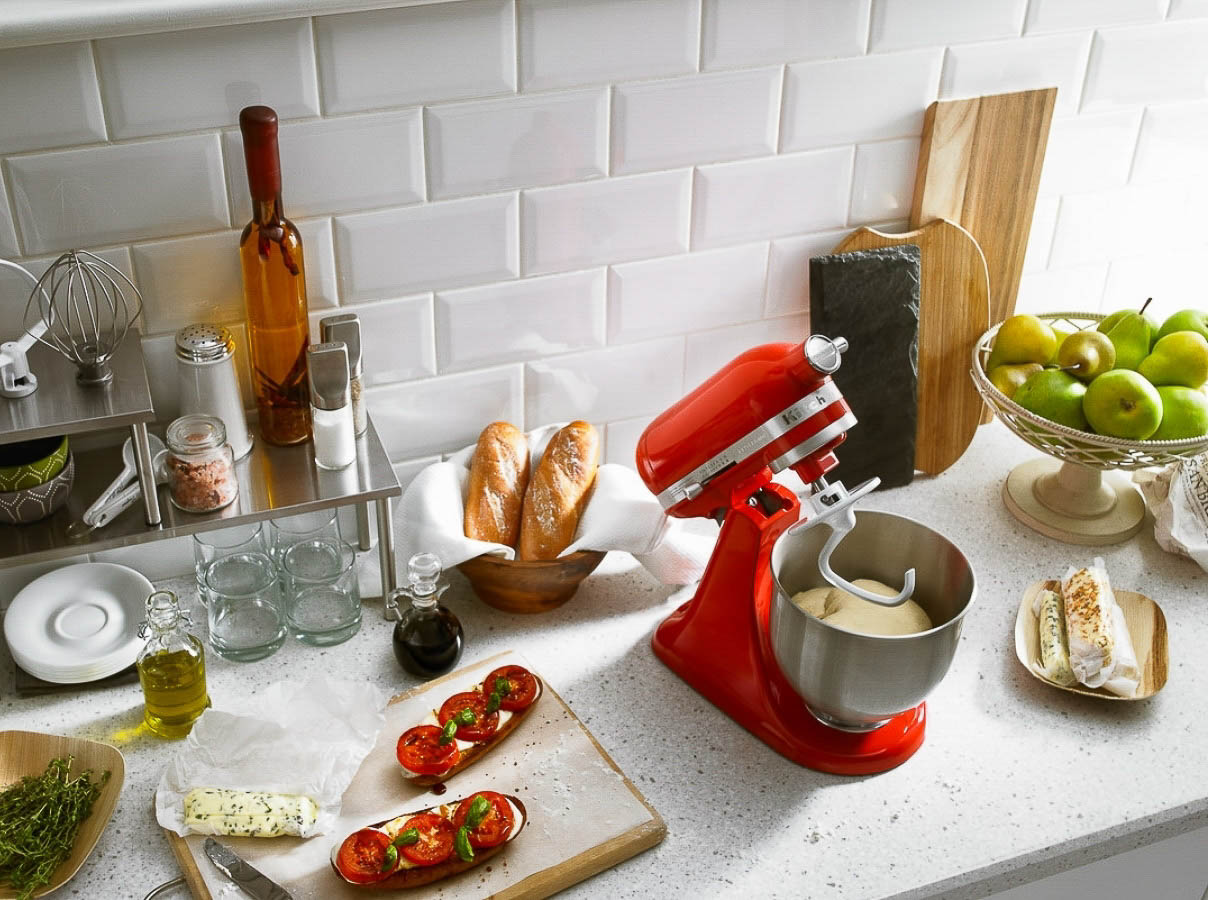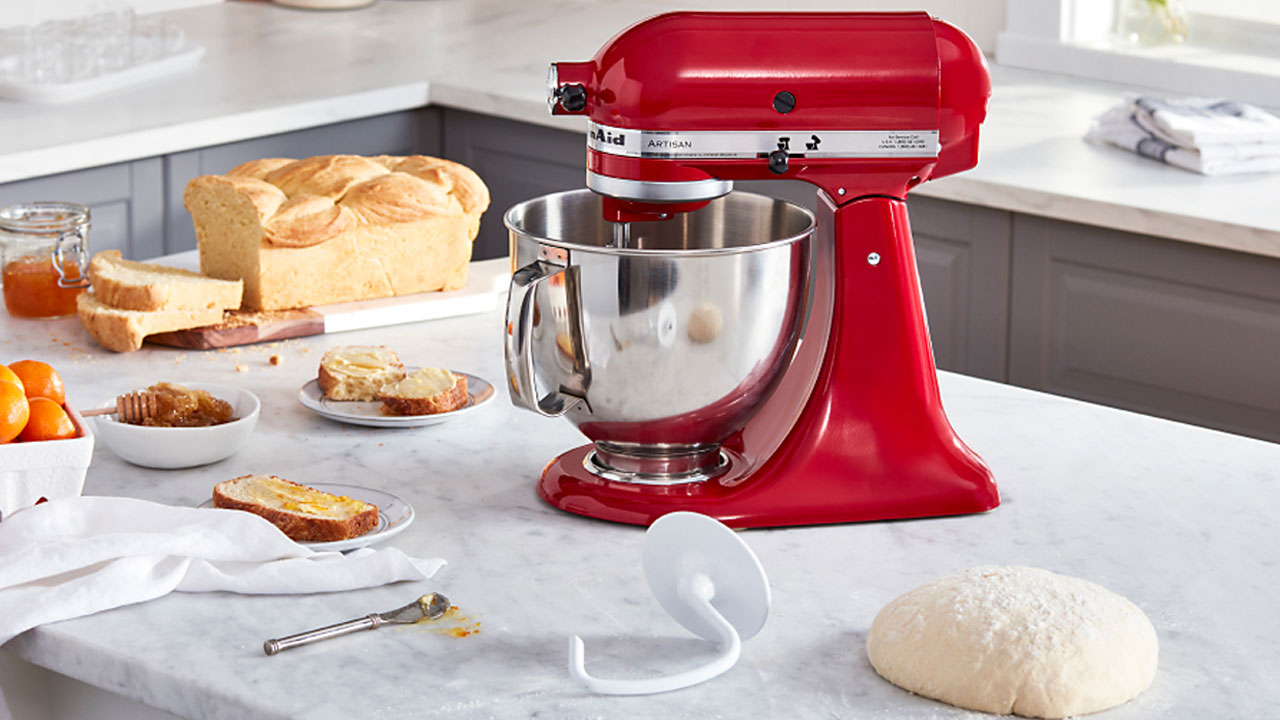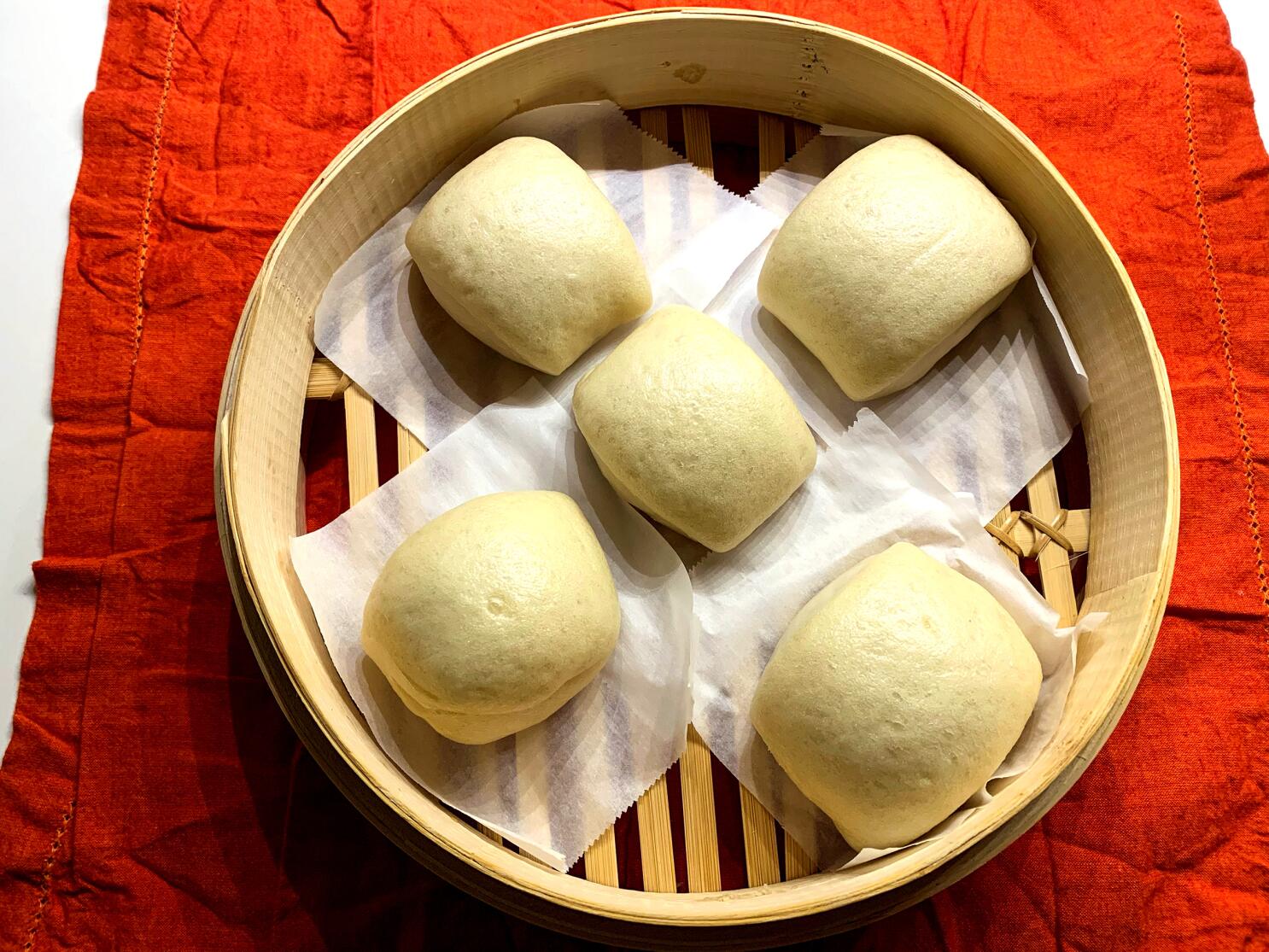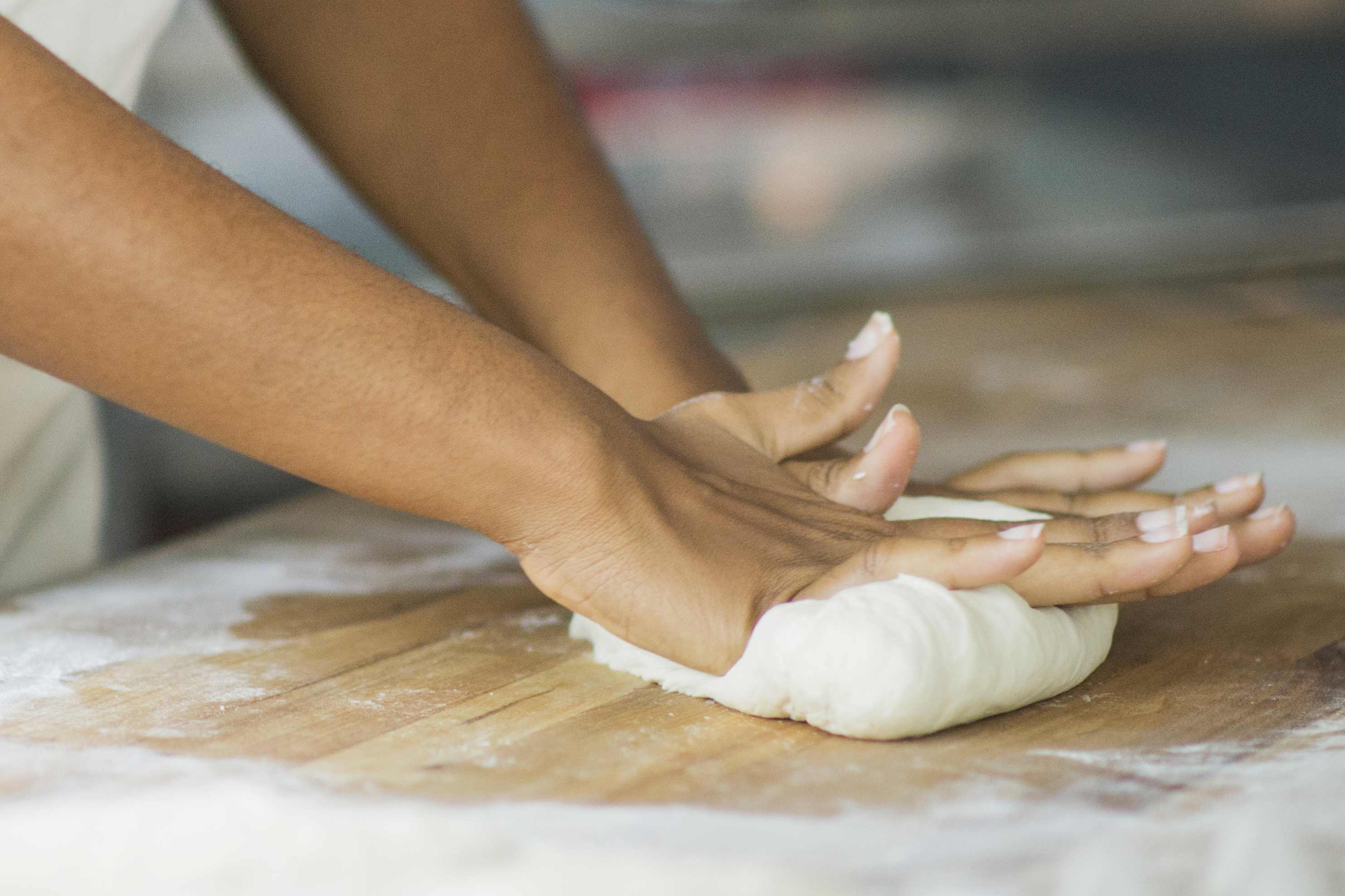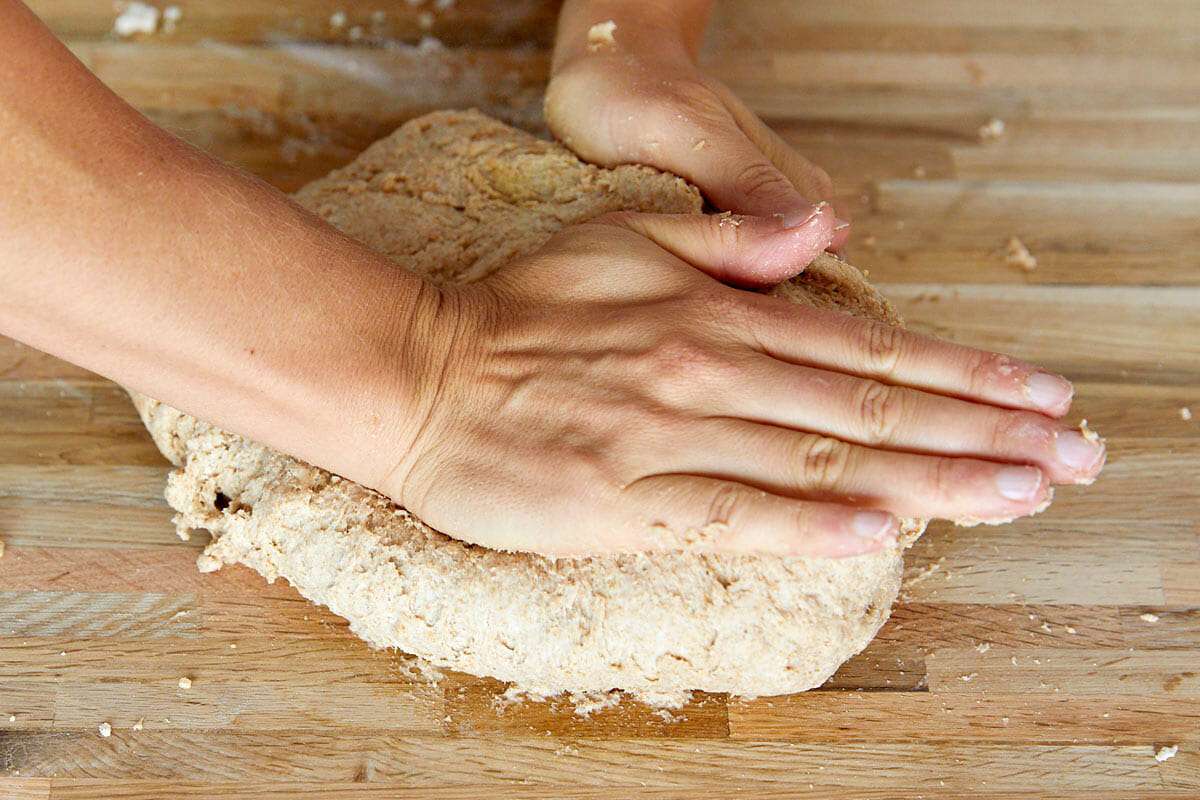Unlocking the Power of Kava: Maximizing Kavalactones through Proper Kneading
Are you a kava enthusiast looking to make the most out of your kava root? Kavalactones are the active compounds in kava that are responsible for its calming and soothing effects. To fully experience the benefits of kava, it’s essential to knead the kava root properly to extract the maximum amount of kavalactones. In this guide, we’ll explore the best techniques for kneading kava to unlock its full potential.
Choosing the Right Kava Root
Before we dive into the kneading process, it’s important to start with high-quality kava root. Look for fresh, noble kava roots, as they contain higher concentrations of kavalactones compared to tudei kava. Fresh kava roots are known for their potency and are ideal for maximizing kavalactone extraction.
Preparing the Kava Root
Once you have obtained fresh kava root, it’s time to prepare it for kneading. Begin by washing the kava root thoroughly to remove any dirt or debris. After washing, peel the outer layer of the root to expose the inner flesh, which contains the highest concentration of kavalactones.
The Kneading Process
Now that the kava root is prepared, it’s time to knead it to extract the kavalactones. Follow these steps to ensure you’re maximizing the kavalactone content:
- Grinding: Start by grinding the kava root into a fine powder. This increases the surface area of the root, allowing for better extraction of kavalactones.
- Mixing with Water: Place the powdered kava root in a straining bag or cloth and mix it with room-temperature water. The water helps to release the kavalactones from the root.
- Kneading: Begin kneading the kava root in the water, using a squeezing and releasing motion. This process helps to extract the kavalactones and create a potent kava beverage.
- Straining: After kneading for several minutes, strain the liquid through the bag or cloth to separate the kava beverage from the root particles.
Enhancing Kavalactone Extraction
If you’re looking to further enhance the extraction of kavalactones, consider the following tips:
- Multiple Washes: After the initial kneading and straining, consider performing additional washes with fresh water to extract any remaining kavalactones.
- Heat Extraction: Some enthusiasts opt to use warm water or a gentle heat source during the kneading process to aid in kavalactone extraction.
- Patience: Allowing the kava beverage to sit for a short period after straining can help enhance the extraction of kavalactones, resulting in a more potent drink.
Conclusion
Mastering the art of kneading kava is essential for unlocking the full potential of kavalactones. By starting with high-quality kava root and following proper kneading techniques, you can create a potent kava beverage that delivers the maximum benefits of kavalactones. Whether you’re a seasoned kava enthusiast or new to the world of kava, these tips will help you make the most out of your kava experience.
Remember to always consume kava responsibly and in moderation to fully enjoy its effects.
